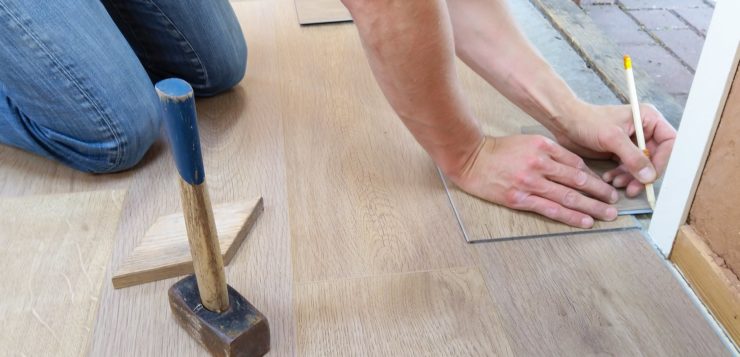Home improvement projects can cost thousands of dollars. If you don’t have a ton of money handy, here are a few different options available to help you pay for your home renovation:
Personal loans: Personal loans are a great option if you require a large amount of money, a long repayment term, and a competitive interest rate. Personal loans are unsecured loans, meaning you don’t have to offer collateral to the lender. A number of banks and credit unions offer personal loans, which makes it easy for you to find a loan that is suited to your financial situation.
Credit card: If the home renovation cost is under $15,000, consider charging the expenses to a credit card with a 0% APR. Many credit card lenders offer a 0% APR on credit cards, especially for balance transfers. The 0% APR lasts for a certain introductory period, helping you repay your debt in small installments every month without paying any interest. However, keep in mind that you will need to repay your debt before the completion of the intro period if you want to avoid paying interest.
Refinancing your mortgage: If you want to avoid taking another loan or charging expenses to your credit card, you can refinance your current mortgage. This will work especially well if your credit score has improved since when you took your current mortgage. When you refinance your mortgage, you will be replacing your current mortgage with a new loan at a new rate of interest. If your new loan amount is lower than the previous one, you will be able to use the extra money you have for the home renovation.
Home equity loans: A home equity loan is usually the most affordable financing option, given that your home acts as collateral. Here, you will be borrowing money against the value of your home, which you will then repay in money installments over a period of years.
Home equity line of credit: A home equity line of credit (HELOC) is a secured loan that gives you access to a revolving open line of credit. The interest rates on HELOCs are usually extremely competitive since you will have to put up your home as collateral.
Regardless of which option you choose, make sure to read the terms and conditions of your loan and familiarize yourself with the charges levied by the lender.




